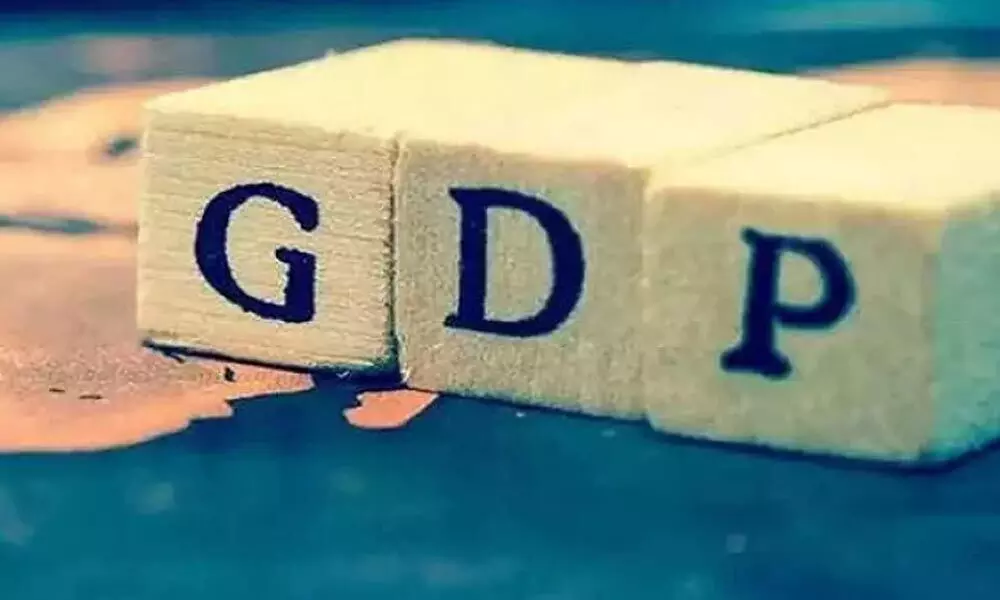Why achieving 6.4% fiscal deficit target won't be easy task for govt?
The government has budgeted fiscal deficit of 6.4 per cent of GDP for FY23, which seems to be difficult to achieve due to a host of factors.
image for illustrative purpose

The government has budgeted fiscal deficit of 6.4 per cent of GDP for FY23, which seems to be difficult to achieve due to a host of factors. Some of the reasons which go in favour of the argument include potential excise duty cuts, high fertiliser and food subsidies, and compressed growth in direct taxes given squeezed corporates' profit margins.
The cut in excise duty on fuels dampened the growth in gross tax revenues in February. The gross tax revenues can contract by as much as 33.3 per cent in March, and still meet the FY22 RE. Analysts expect the FY22 RE to be overshot by at least Rs1 trillion despite the spread of the third wave of the pandemic in certain parts of the globe resulting in lockdown and Russia-Ukraine conflict.
Moreover, non-tax revenues from telecom may modestly exceed the FY22 RE by around Rs90-100 billion, given prepayment by certain telecom operators. However, the disinvestment proceeds are likely to be limited under Rs0.17 trillion in FY22, or merely 22 per cent of the RE level.
Overall, an upside to government's tax and non-tax revenues in FY22 compared to their RE levels and a likely undershooting of the capex target may absorb the shortfall in the disinvestment proceeds, and prevent the fiscal deficit of the government from exceeding the revised target of Rs 15.9 trillion.
On balance, analysts currently expect a modest overshoot of the government's fiscal deficit by around Rs. 0.5 trillion in FY23, in an admittedly evolving situation.
Regardless, with a higher nominal GDP in FY23, the fiscal deficit may remain similar to the budgeted target of 6.4 per cent of GDP. However, as per an Icra report, modest nominal GDP growth and tax buoyancy assumptions, and the spillover of the LIC IPO to FY23 would provide some cushion.
With a sharp 30.7 per cent YoY growth in revenue receipts, moderate 10.2 per cent rise in revenue expenditure and 19.7 per cent expansion in capital expenditure, the Government recorded a fiscal deficit of Rs 13.2 trillion (82.7 per cent of RE) in April-February FY22, modestly lower than the Rs 14.1 trillion (77.3 per cent of actuals) in the same period of the previous fiscal year. However, the release of a massive Rs 2.4 trillion as central tax devolution to the states in the month of February, by far the largest monthly release, contributed to a widening in the government's fiscal deficit between January and February, and precipitated the decline in the government's cash balance.
In fact, this shows some sort of silver lining in the cloud. While this could imply possibly better cash balances as the government starts the new fiscal year, as an Emkay report cautions, it could also make the effective target consolidation even lower in FY23. That said, FY23 could see cracks in the subsidies front, which could only be partly managed by higher divestments.

